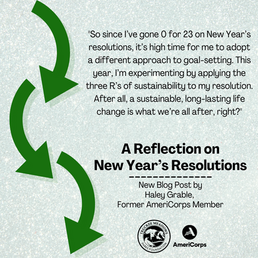Soils: Student Stewards Program
The recently developed Soils Module kicked off in October and its been a solid start! The module is geared towards our upper elementary and middle school students and the kids have found the program both exciting and challenging. As one student commented after digging in the dirt and performing a ribbon test on a chunk of wet clay, “finally, we get to get our hands dirty!”

The Soils Module is a three day program that consists of an introductory class, an in-park experiment, and a conclusion. The introduction is a research-based, informational presentation in the classroom. The educators focus on weathering and erosion and discuss the differences between some common types of soil: sand, silt, clay, humus, and loam. The research stage helps students formulate a purpose and hypothesis to prepare for the next stage in the scientific method, the (in-park) experiment.

The in-park field trip is what the students really get excited about. For the experiment, we break into groups so the students can take four samples of soils; three samples for a temperature and moisture test and a fourth sample of loam that we later test to determine soil percentages so we can identify the type of loam. We then explore the park with mindful eyes, searching for weathering and evidence of erosion.

All in all, the initiation of the Soils Module has been smoother than silt. The kids are enjoying spending time in their local parks, while actively engaging in citizen science. It has been a blast educating the next generation of muddy park stewards.
And lastly, I’ll leave you with a dad joke that is sure to bring on the groans: What do you call a mixture of soil that’s been isolated…. A loam!
Devin Genovese
TMPF Naturalist Educator
AmeriCorps State & National












